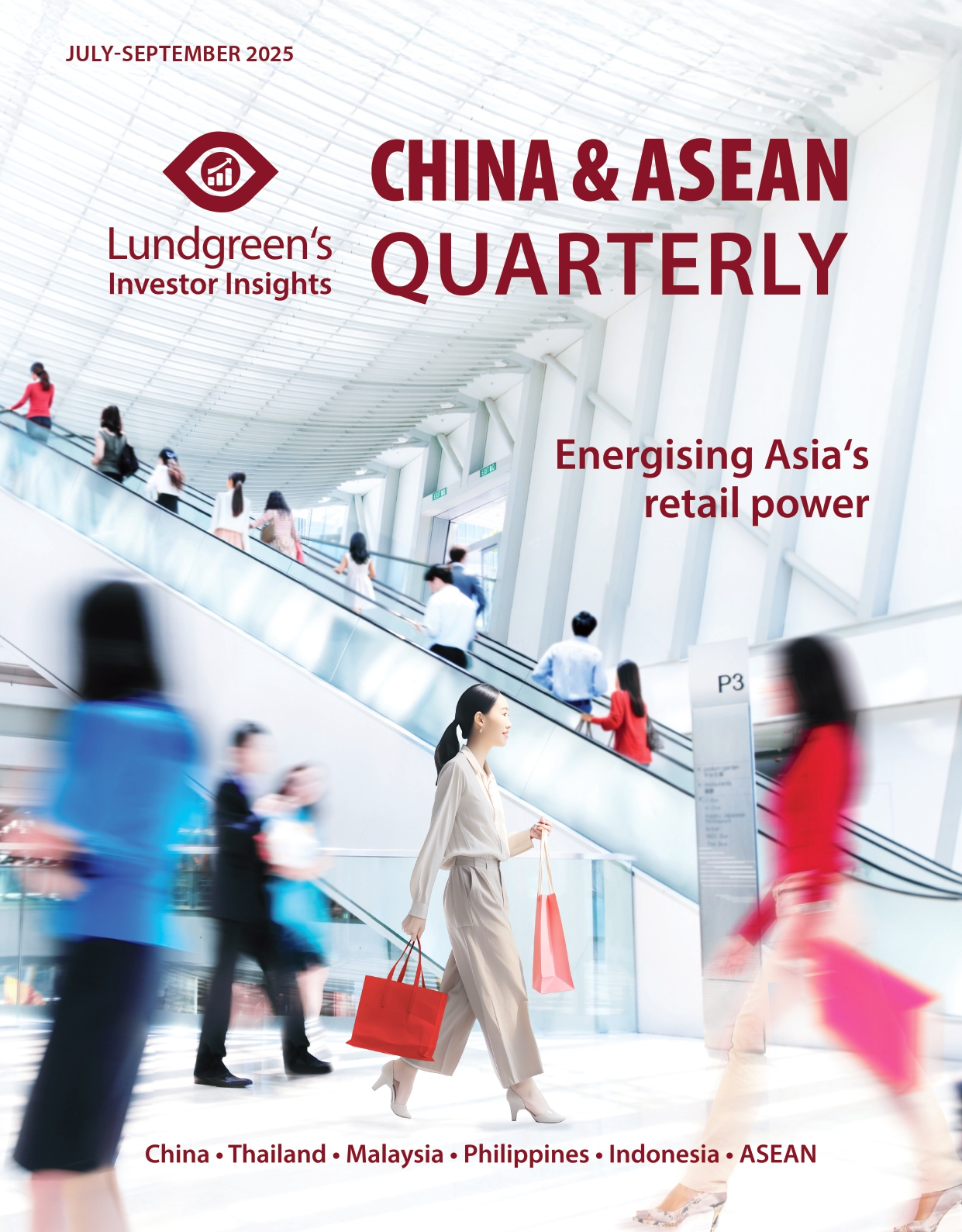Cascading opportunities in Brazil’s green energy transition
The rising prominence of renewables in Brazil’s power mix draws from both the nation’s leadership and its potential to be a major market in the global green energy chain.
As Brazil’s economy expands, so too does its energy consumption. Its GDP expanded by 3.4 per cent in 2024, which was accompanied by a 2.4 per cent year-on-year increase in domestic energy demand that supported increased economic activity.
With its substantial size as the world’s 10th largest economy and its critical mission to preserve the onshore biodiversity, particularly the Amazon rainforest, Brazil stands out as a country where discussions around sustainable growth are not just necessary – they are urgent. As things stand, Brazil is ahead of its peers in terms of clean energy: about half of its power mix is drawn from renewable sources, making it one of the least carbon-intensive nations globally.
Initially, hydropower has played a dominant role in Brazil’s energy production, but over the past decade, there has been significant diversification. While hydroelectric power still makes up a considerable share of the mix, the country has seen a growing contribution from other clean sources such as black liquor and biodiesel. In particular, there have been notable increases in wind and solar photovoltaic power generation. Graph 1 illustrates that solar power alone saw a remarkable 33 per cent year-on-year growth in available supply in 2024, while all other sources except for hydro power recording increases in production levels. The data reflects not just a trend, but a sustained structural shift in the country’s energy landscape.
This momentum positions Brazil as a magnet for investment, especially for those with an appetite for risk and an eye for long-term rewards. The combination of robust economic growth, abundant natural resources, and increasing global attention towards clean energy makes Brazil one of the most promising investment destinations in this space.
Leading the transition
Brazil stands out as a leader against 120 countries on equity, environmental sustainability, and transition readiness, ranking within the top 20 of the World Economic Forum’s Energy Transition Index (ETI) in 2024. At 12th place, Brazil tops other countries in Latin America and outranks many other developing nations, affirming its growing role in the global push towards sustainable energy.
While Brazil and China are the most prominent developing countries high up on the ETI scoreboard, the top 10 spots remain dominated by mature economies such as Sweden, Denmark, France, and Germany. This reflects both the high costs of new technologies and the still limited financing for clean energy infrastructure in the Global South. As seen in Graph 2, the average ETI score for developing economies outside Europe is approximately 52, compared to 64.8 for advanced economies. Brazil fetched a strong score of 65.7, a clear outlier.

The growing disparity in financing for the shift to renewables between advanced and developing nations highlights the urgent need for increased international support. At the same time, it opens the door for investors to tap into high-growth markets like Brazil, where capital can be deployed to great effect. Demand for clean energy will keep rising in Brazil given its fast-growing population and its established reliance on renewables.
Riding the momentum
Brazil’s rise in the ETI rankings in recent years can be largely attributed to a rapid expansion in renewable energy capacity, as well as a shift in long-term strategic supply planning. Although hydropower and biofuels continue to remain the biggest power sources, Brazil has also expanded its solar and wind capacities at an unprecedented pace.
In 2025, electricity auctions are projected to generate about BRL 50 billion (USD 9.09 billion) in investments. Major players such as Eletrobras, Petrobras, and Eneva are all actively preparing to compete in upcoming tenders. These companies, which are the industry leaders onshore, present compelling opportunities for global investors looking to gain from the Brazilian market.
The push for clean energy is also driving demand for new infrastructure and equipment. Manufacturers like WEG, Voith, and Hitachi anticipate a surge in orders for turbines, transformers, control systems, and storage solutions to keep up with the green pivot. The proverbial sunshine in the horizon for the industry has created a fertile ground for investors interested in medium-risk, high-reward opportunities. Other industrial sectors including cement, steel, aluminium, and petrochemicals stand to benefit as Brazil implements broader energy transition policies by way of cost reductions and productivity gains as they integrate clean energy in their operations.
Despite this positive momentum, the renewable energy segment in Brazil still faces significant challenges with high upfront costs, political and regulatory uncertainty, and bureaucratic delays standing as major barriers. Lengthy licensing processes and shifting policies can delay the rollout of new projects and ultimately dent investor confidence. Moreover, there is still a lack of widespread knowledge and technical expertise in renewable technologies, which can hinder innovation and slow workforce development. For the sector to continue flourishing, effective state support will be essential. Feed-in tariffs, tax incentives, and targeted subsidies can facilitate lowering entry barriers and encouraging more private participation.
While Brazil’s renewable energy sector is not without obstacles, it remains one of the most promising areas for investment in the country given its readiness for expansion and ever-growing demand for power. At Lundgreen’s, we see this sector as a strategic choice for investors looking into Brazil as their entry point in the global green transition while gaining high long-term returns.
This original article has been produced in-house for Lundgreen’s Investor Insights by on-the-ground contributors of the region. The insight provided is informed with accurate data from reliable sources and has gone through various processes to ensure that the information upholds the integrity and values of the Lundgreen’s brand.






